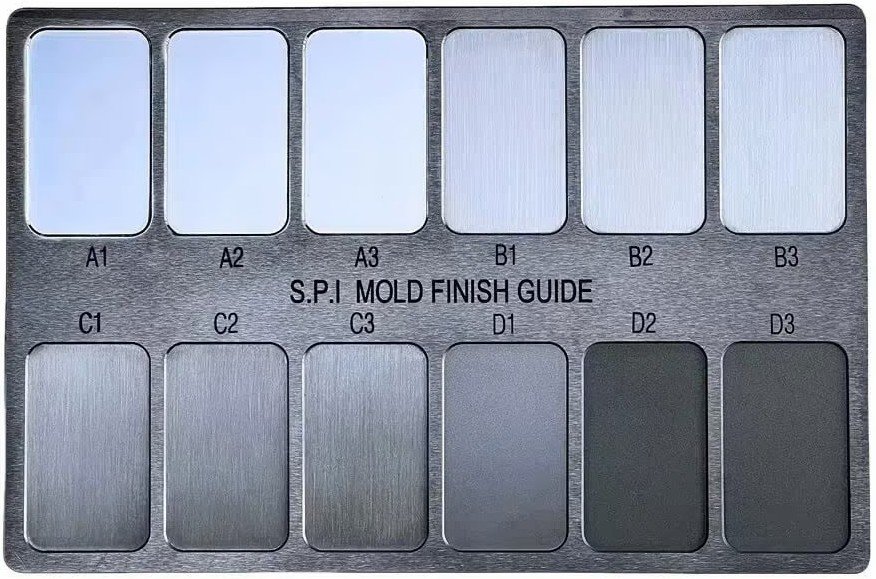
ABS
ABS (Acrylonitrile Butadiene Styrene) is a popular thermoplastic widely used in injection molding due to its excellent mechanical properties and versatility.
Renowned for its robustness, high impact resistance, and easy moldability, ABS finds it’s applications ranging from automotive components to consumer electronics.
Products crafted from ABS through injection molding often exhibit superior surface finish, dimensional stability, and resistance to various environmental stressors, making it a favored choice for many manufacturers.











